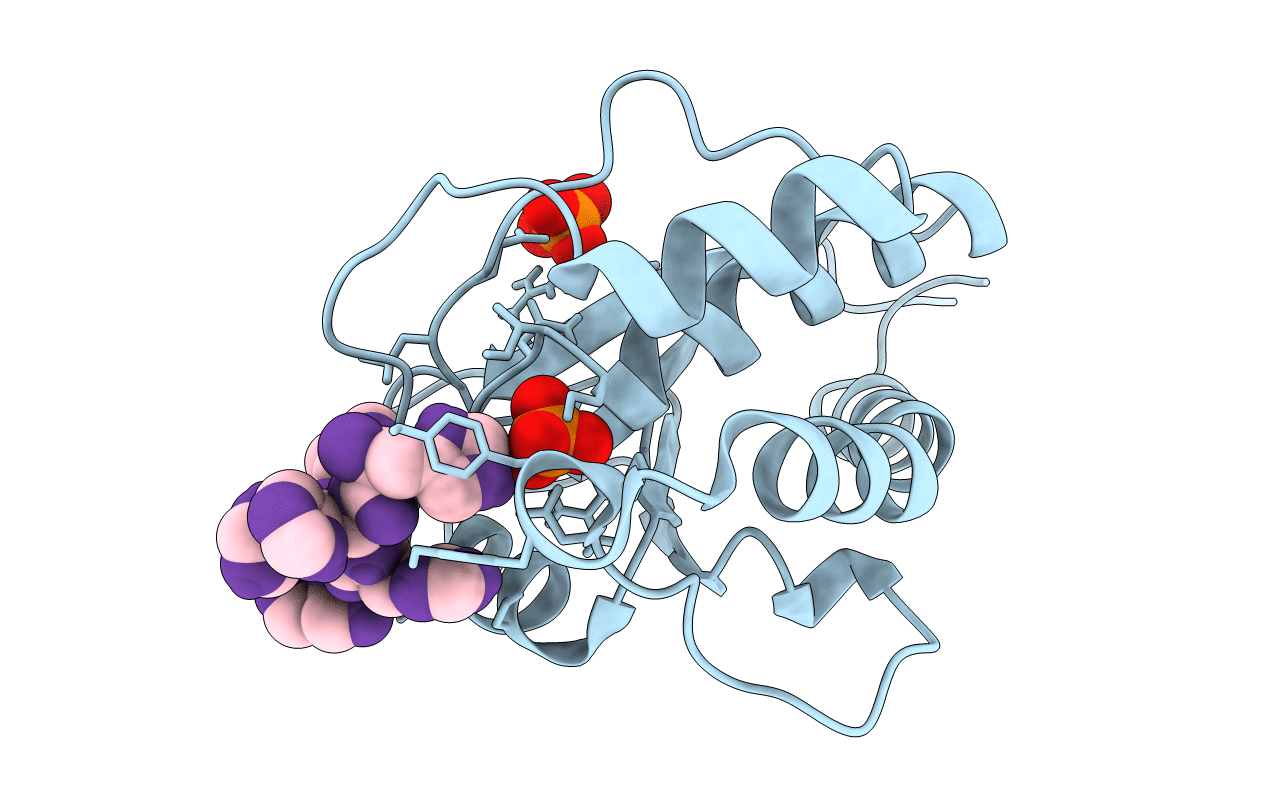
Deposition Date
2011-04-25
Release Date
2011-09-07
Last Version Date
2024-02-28
Entry Detail
PDB ID:
3ROF
Keywords:
Title:
Crystal Structure of the S. aureus Protein Tyrosine Phosphatase PtpA
Biological Source:
Source Organism:
Staphylococcus aureus (Taxon ID: 1280)
Host Organism:
Method Details:
Experimental Method:
Resolution:
1.03 Å
R-Value Free:
0.16
R-Value Work:
0.14
R-Value Observed:
0.15
Space Group:
P 1 21 1


